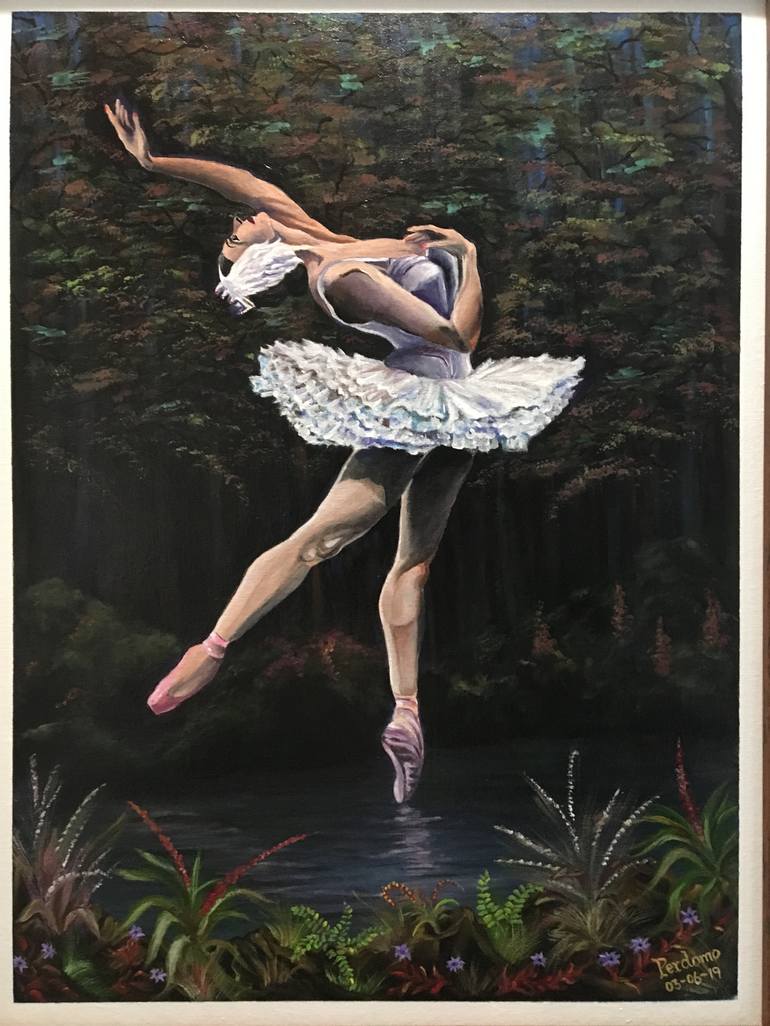Catching Up! on Tutu-Ballerina with "Leg Warmers"
Recently, I've decided to promote the site with more gusto. So, I've started by acquiring some interesting advertisers for knitting.
Ballet Leg Warmers often go hand-in-hand with ballet, and they can be very easy to knit. Which make them a great project, especially for new knitters.
Basic Leg Warmers for Knitters
Typically, you begin with the cast-on stitch, then the pearl (purl) stitch and make a long rectangle.
Later... to join the sides together with a crochet hook, or even a needle and thread.
Now, that would be the simplest version I can recommend for beginning knitters.
By going with this route, you can use straight knitting needles and even measure to your leg as you go. Try to make them slightly longer so they go over the knees.
The key to this basic design is to remember the number of stitches across & rows, so that each warmer is equal in width and height.
Later... to join the sides together with a crochet hook, or even a needle and thread.
Now, that would be the simplest version I can recommend for beginning knitters.
By going with this route, you can use straight knitting needles and even measure to your leg as you go. Try to make them slightly longer so they go over the knees.
The key to this basic design is to remember the number of stitches across & rows, so that each warmer is equal in width and height.
Of course they can be all-crochet warmers also, it just depends upon if you require a denser or looser leg warmer.
Usually knitted warmers are thicker than crochet warmers and have more holding power without requiring to be pulled-up as often.
Usually knitted warmers are thicker than crochet warmers and have more holding power without requiring to be pulled-up as often.
Patterns
I've looked for very simple patterns, however, most are using the cable stitch and tend to be very showy and fashionable.
When in reality, for Classical Ballet we often dance with warmers that are much more stream-line, so as to... not distract from the body line. Therefore, these patterns are not as easy to find, because they are devoid of big flowers and tinkling bells. Be prepared to just go ahead and design your own, with a few cast-ons and purls.
When in reality, for Classical Ballet we often dance with warmers that are much more stream-line, so as to... not distract from the body line. Therefore, these patterns are not as easy to find, because they are devoid of big flowers and tinkling bells. Be prepared to just go ahead and design your own, with a few cast-ons and purls.
Other things to consider are: that the warmers knitted, are a color allowed by your dance instructor. Often, ballet teachers prefer only black, white or pink warmers for their dance classes. That sounds very strict, but ballet is a disciplined art form and not known to be a halloween party. Those funmy costumes are saved for later, for the dancing performers on the stage.
My Sage Advice
Before you start a leg warmer project, find out if your dance school has any restrictions, and then shop for their specific color yarn. Ballet pink is often the allowed for the younger dancers, and it's not uncommon for ballerinas to have owned several pairs throughout their careers. Make sure they're tight fitting also, in that way getting into a tight fifth position will be easier.Stay Warm!
Not to forget, leg warmers keep dancers of all ages warm during barre, as well as,
time spent backstage
before performance begins.
They're a practical necessity,
so if you, your Mom or your Grandmother are already knitters, that's fabulous.
Skilled knitters, can also create:
Skilled knitters, can also create:
 Full-length leg warmers
Full-length leg warmers  Knit unitard body suits
Knit unitard body suits Dance sweater wraps
Dance sweater wraps
 Dance booties to cover ballet slippers & point shoes
Dance booties to cover ballet slippers & point shoes  Hand-crocheted ballet bun covers
Hand-crocheted ballet bun covers  and even dance bags.
and even dance bags.






